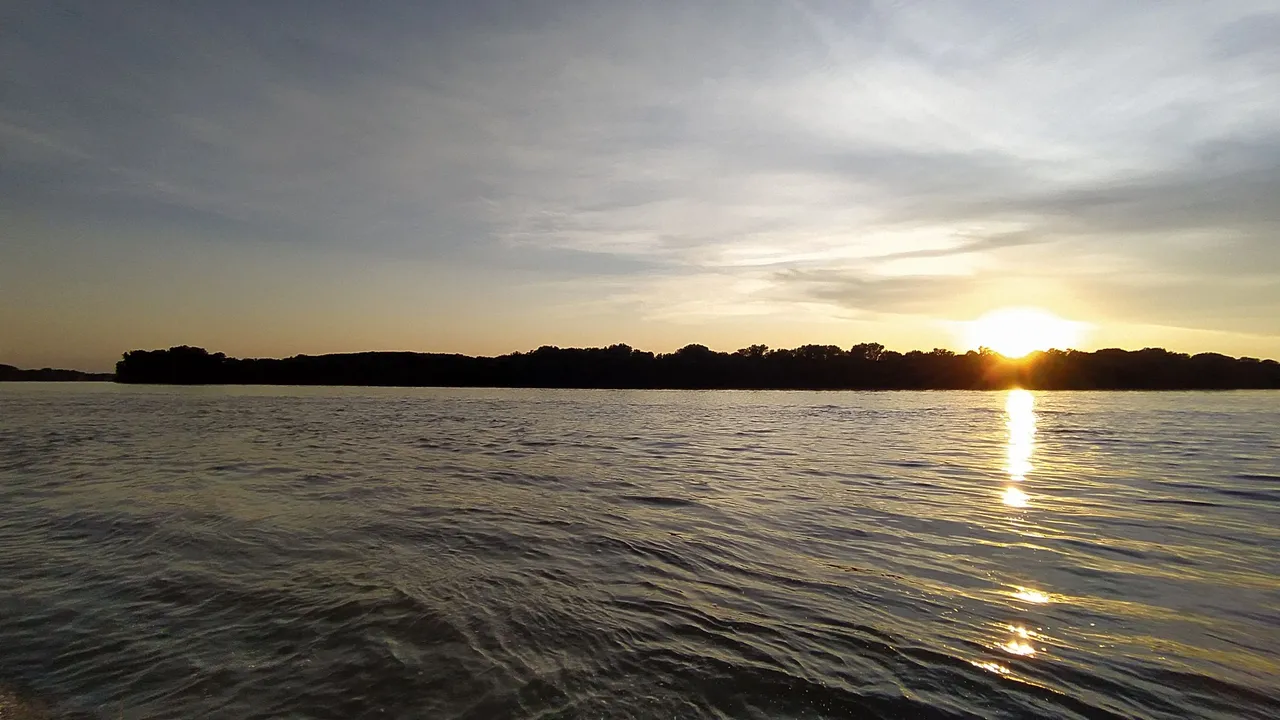
Between two green banks, a vast area of forests, canals and small streams, the Danube flows peacefully. It gives an important feeling when we observe it, like in these sunset photos taken one evening this summer. It witnessed many historical events, wars and battles, agreements and ruptures, and received tears of sadness and joy of personal nature. It is that important for the life of many. It rules here; everything started because of it. All the fertile land, which surrounds this magnificent river, which passes through several countries of Europe, owes its development to the river Danube.
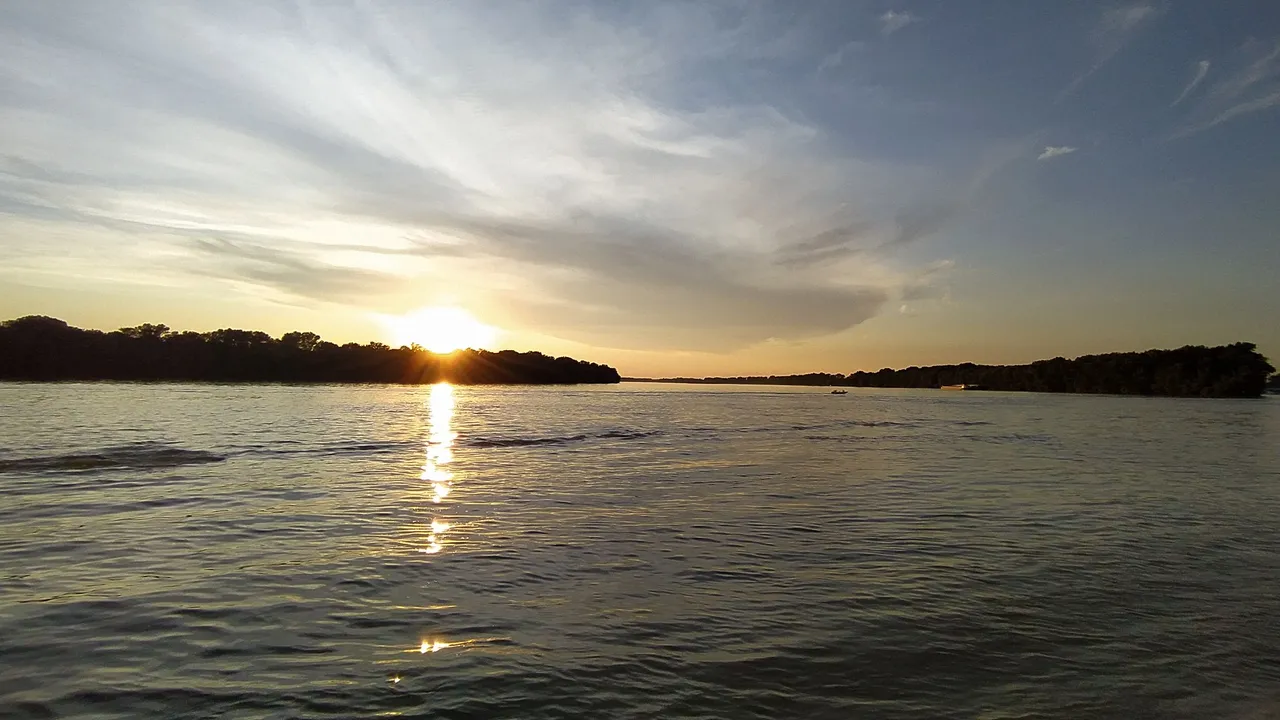
It is that important, that it provides a place to a new state, formed just a few years ago. Liberland. Yes, Liberland, which is situated just about 10km from the town that will be shown in this post. This summer, some boat tours were organized from the port of Apatin to Liberland, with presentation on the origins of that state, their philosophy and also on cryptocurrencies. I didn't catch up with the enrollment, actually, my husband said me about that event when it was late to enrol. Anyway, those who went and was coming back to Apatin, could enjoy the same view as we had with this sunset.
All those who come to this small town by the river with a boat can enjoy this view as well. The first greeting is coming from the Orthodox Christian Temple. The construction of the temple began in 1998, and it was built in the spirit of the old Serbian-Byzantine style.
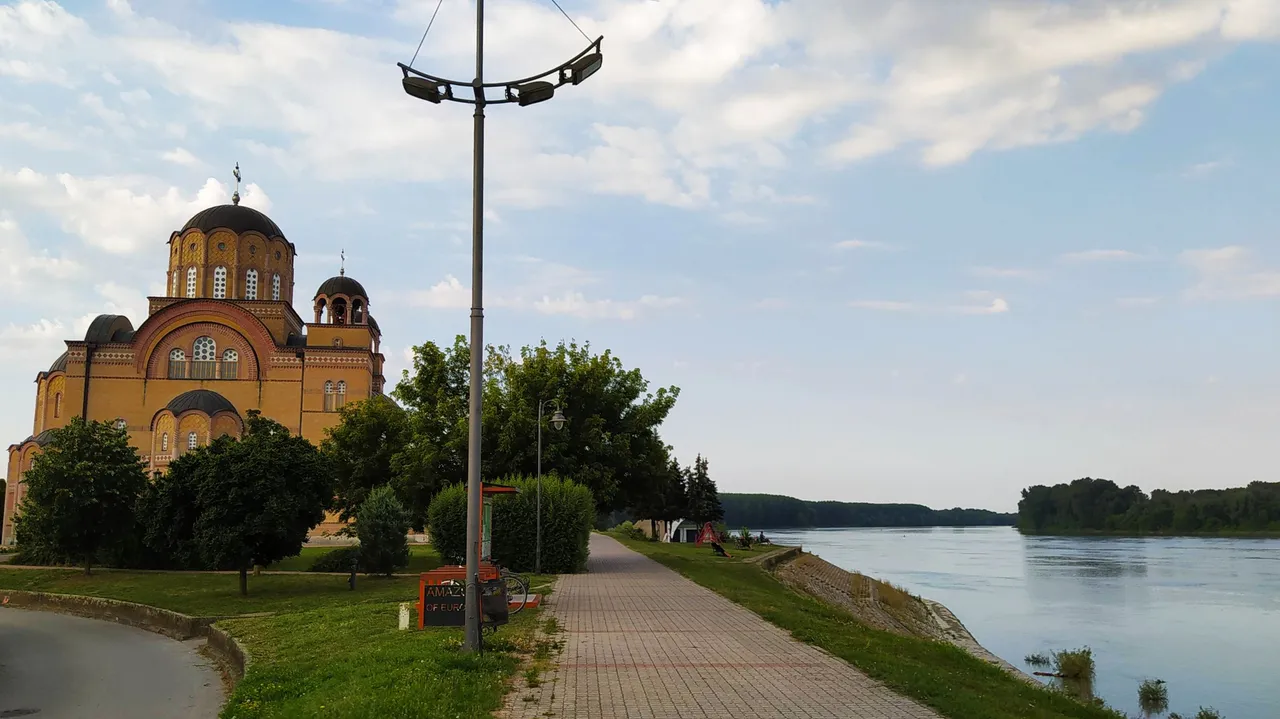
It is always nice to be there, on the outskirts of the city, where the river smells and gives fresh air. But it wouldn't be bad to walk a little towards the city centre now. Are you up for this tour? If you are tired or if you feel warm from this summer day, you can cool off with some beer. Did you know that one of the most important breweries in Serbia is this one, founded back in 1756? It gave the first great economic development to this town, which, with the settlement of the Germans, started to flourish. Although the settlement is mentioned in some documents from 1011, the most significant part of the development took place in the last 250 years.
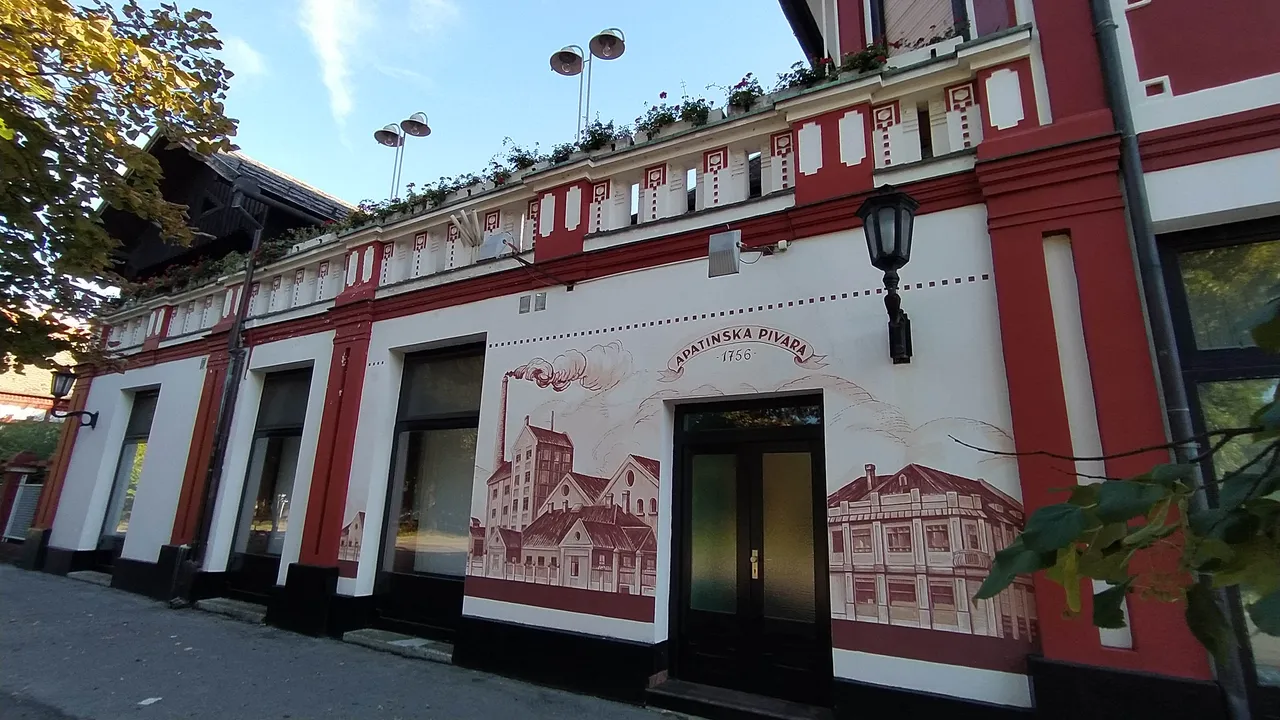
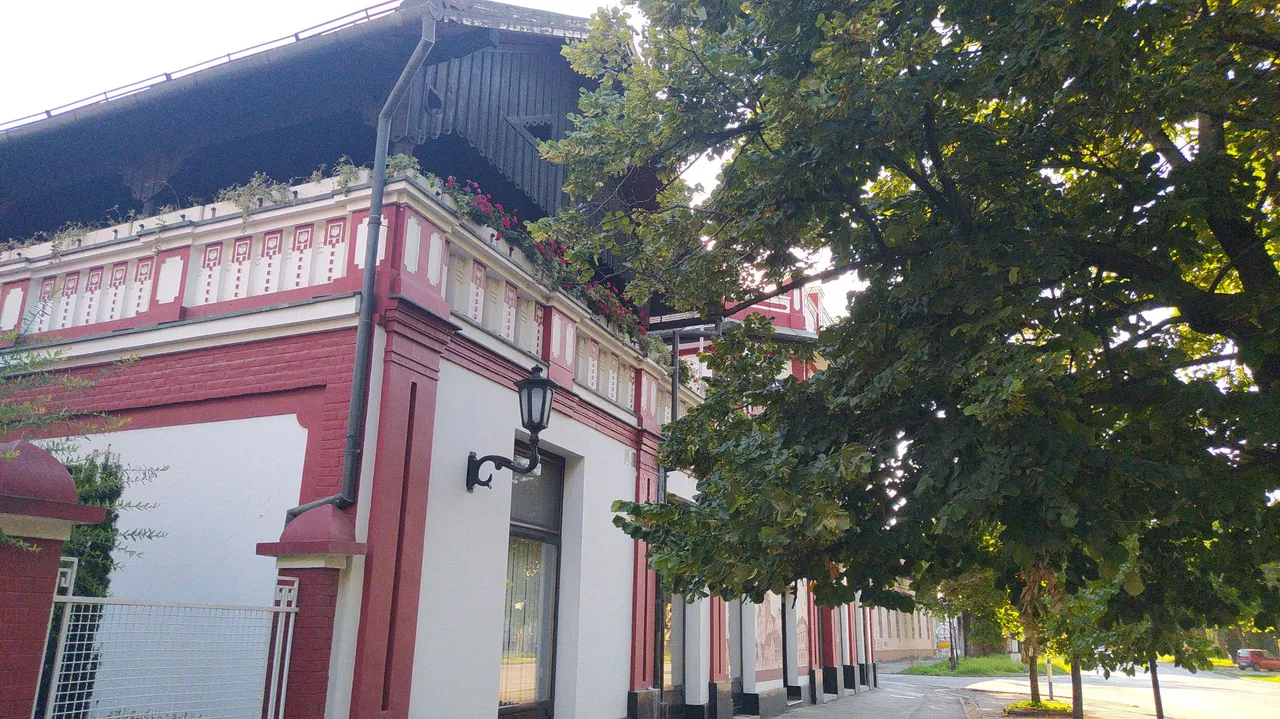
The old, original building is what adorns this street. But the beer production takes place in a huge factory located behind these old facades. It occupies the entire area of one block, and some twenty years ago it expanded even more. The brewery bought more nearby houses in two streets so that they could expand their production and provide good logistics.

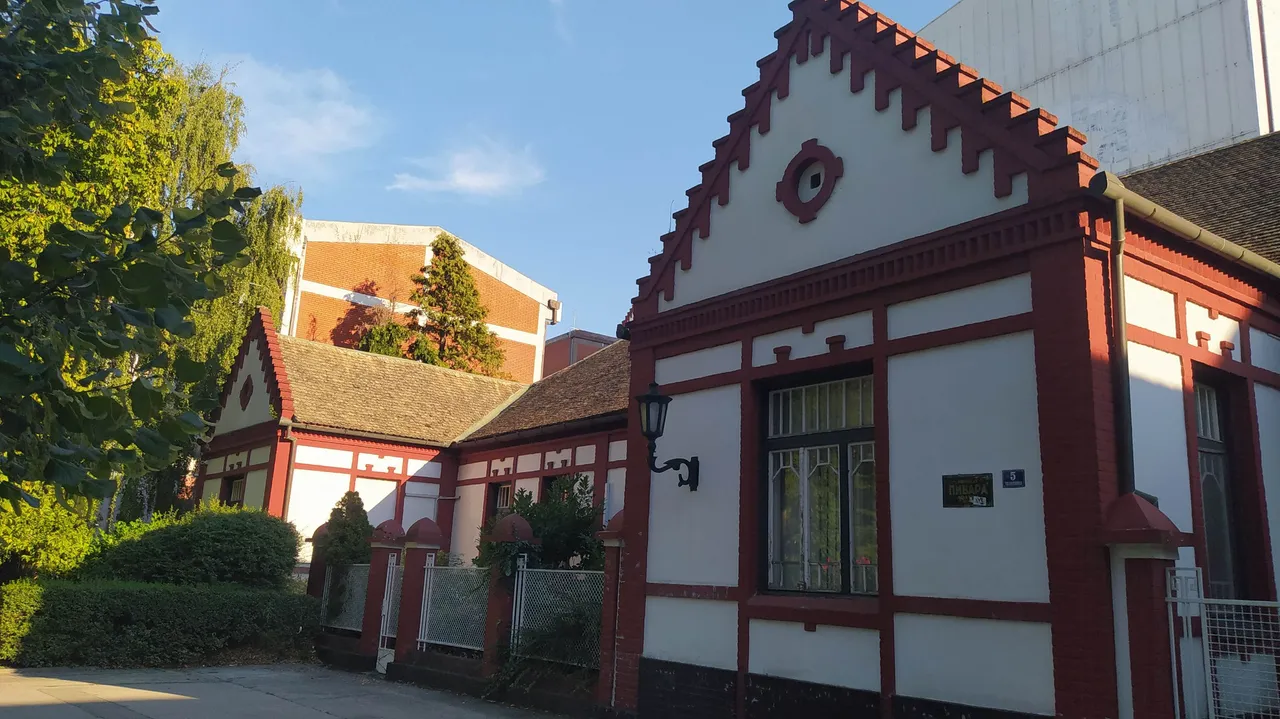
After this trip to the brewery, we can continue to the centre where the church and town hall are located. The centre got its shape around that time, after the colonization of the Germans (which began in 1739) in this area. The settlement was slowly formed, as we have already mentioned, mostly thanks to the brewery but also to other craft activities. The Danube River certainly contributed to the development, because it provided the transport of products that were made here. The Roman Catholic Church that we see here is built between 1795 and 1798. The style of it is described as Danube Baroque style. There is one statue inside, the Black Madonna, which is the only one of this kind in Serbia. That is one of the rarities, but also there is one very particular tree by the church. It is a thorny locust tree, that was brought from Jerusalem in 1795.
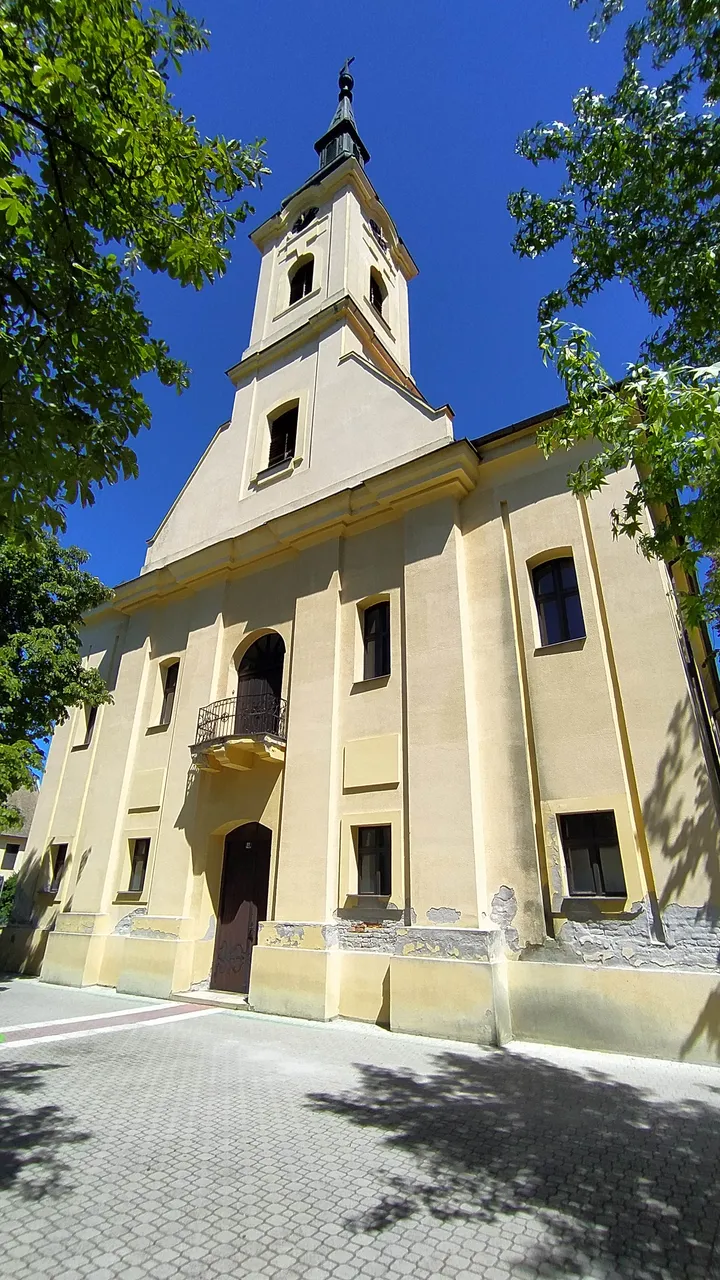
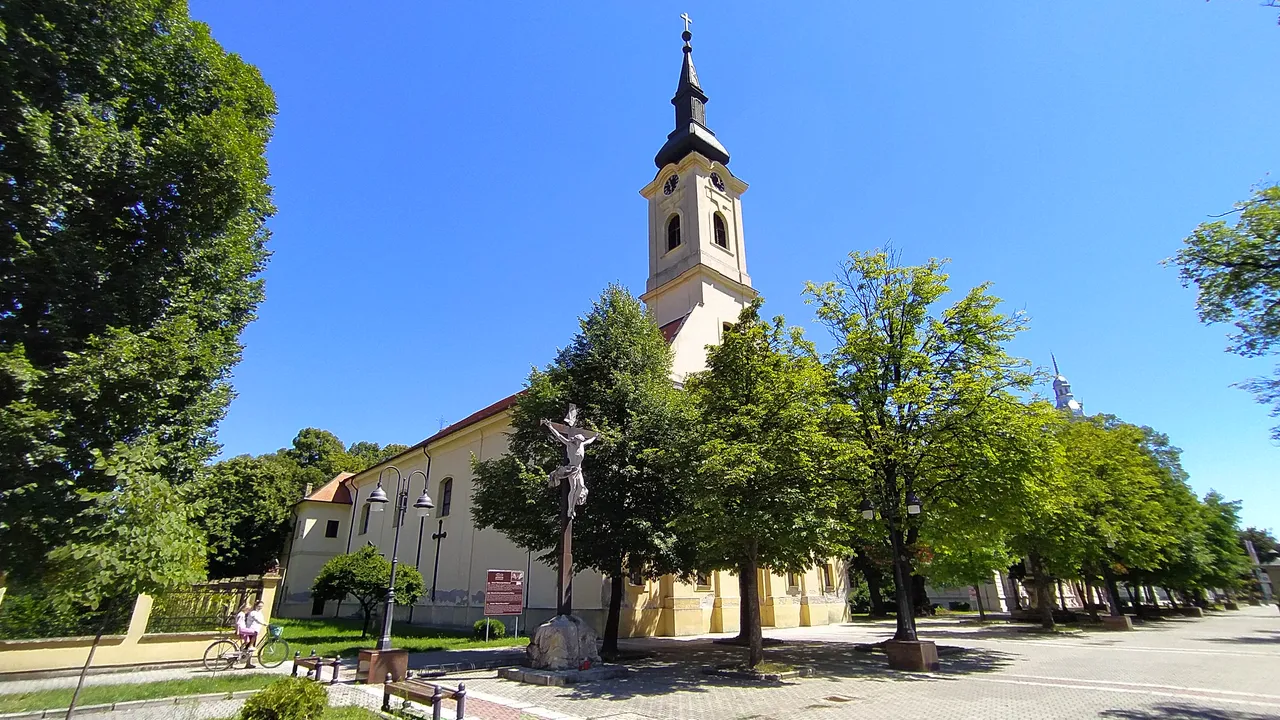
A couple of years ago, during a severe storm, lightning struck a tree. The tree was cut in half, leaving a huge hole in the tree. There was no hope for the tree. But a miracle happened, a new branch has grown that is alive and the tree has turned green again.
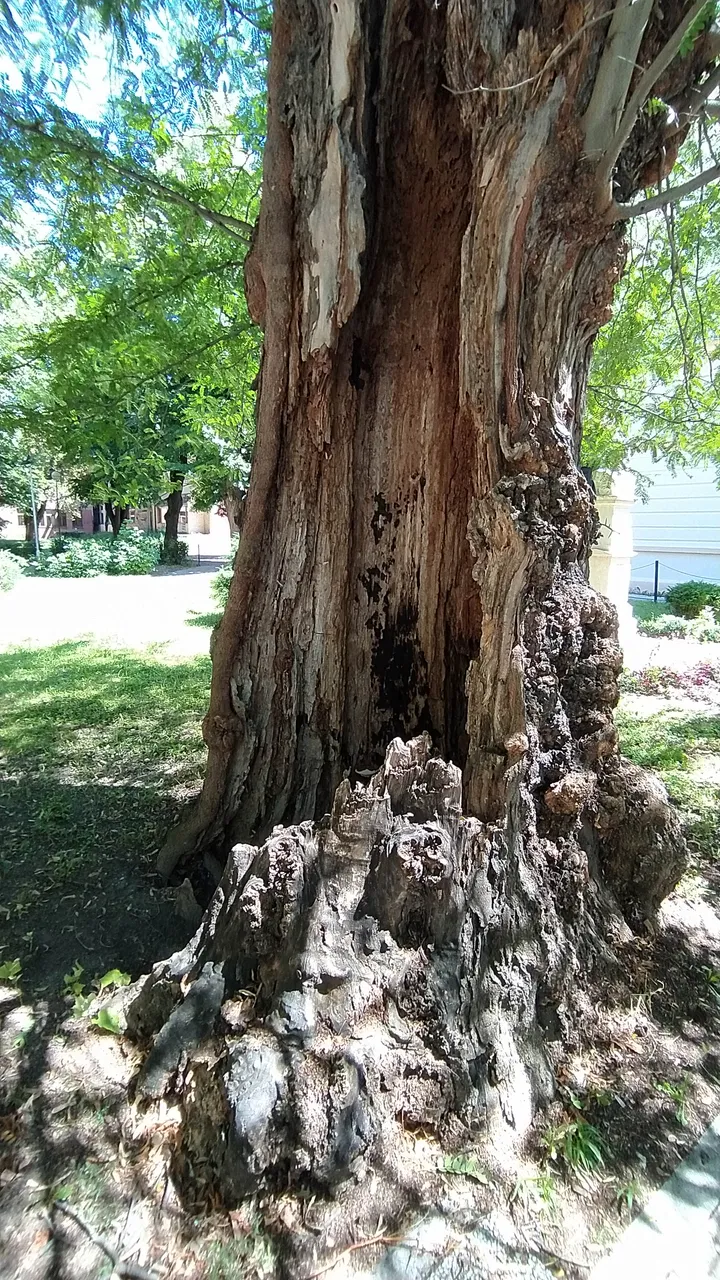
Just a few steps from this church, there is a music school. The building where the music classes now take place was built in 1875, according to the project of an Apatin architect, Gyula Partos.
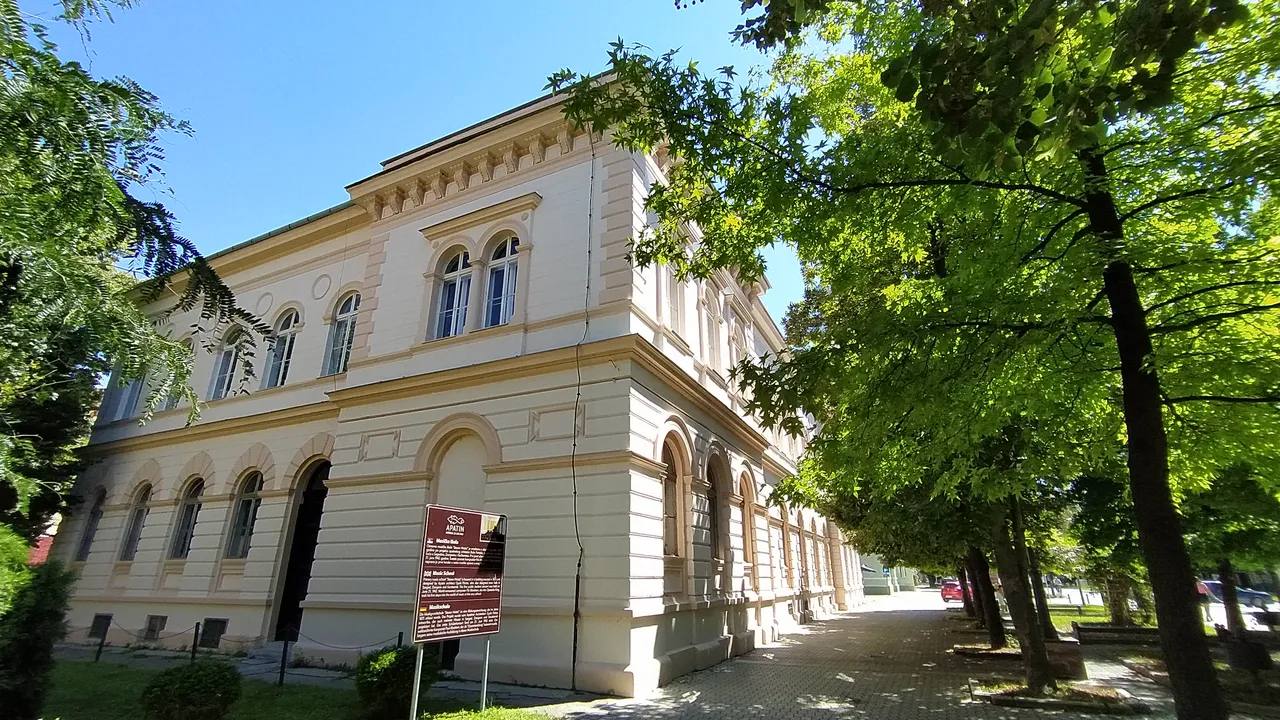

This is the parish office of the church. It has a beautiful garden, full of flowers, which the nun maintains.
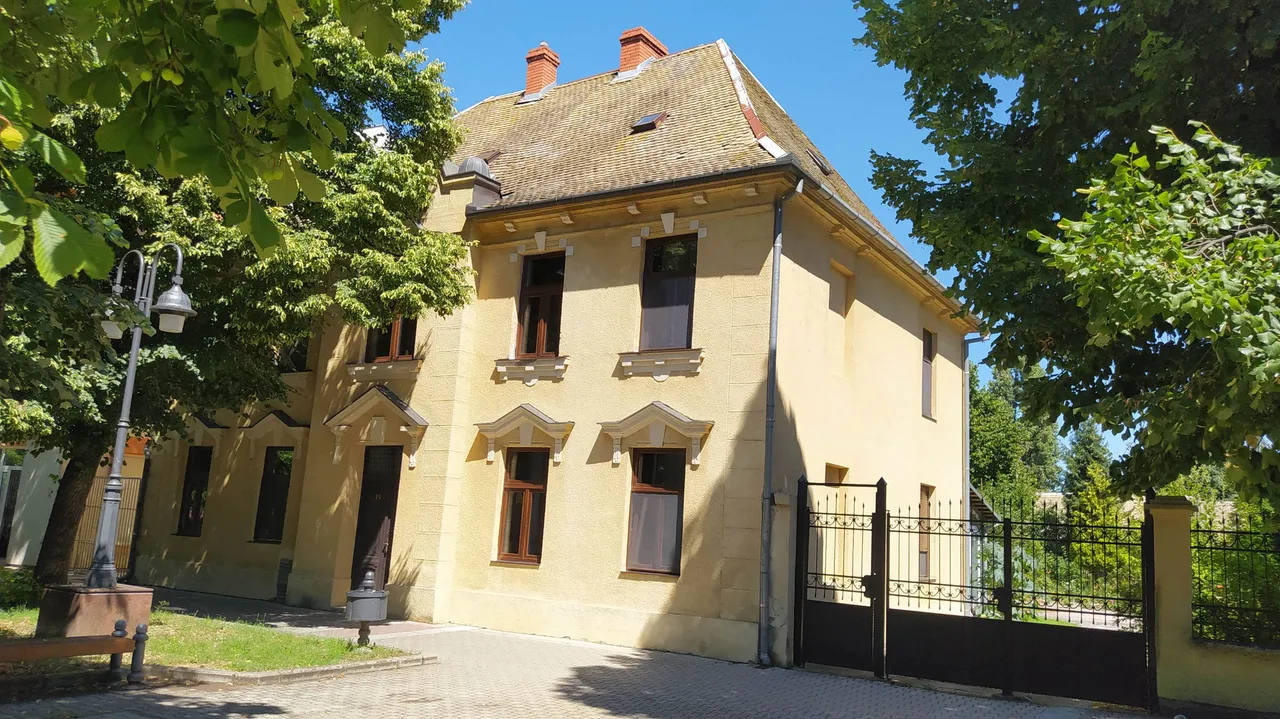
The city hall is located also just a few steps from there, in the main street of Apatin. This beautiful building was built in the period from 1907 to 1909, and the designer was Ferenc Rajhl from Apatin. It has a tower on the corner and the whole facade has elements of Hungarian secession. There is a nice hall inside, decored with large wall paintings. Those were made in the socialist-realist style by the painter Rudolf Udvari, who also painted the large hall of the House of Culture in Apatin.
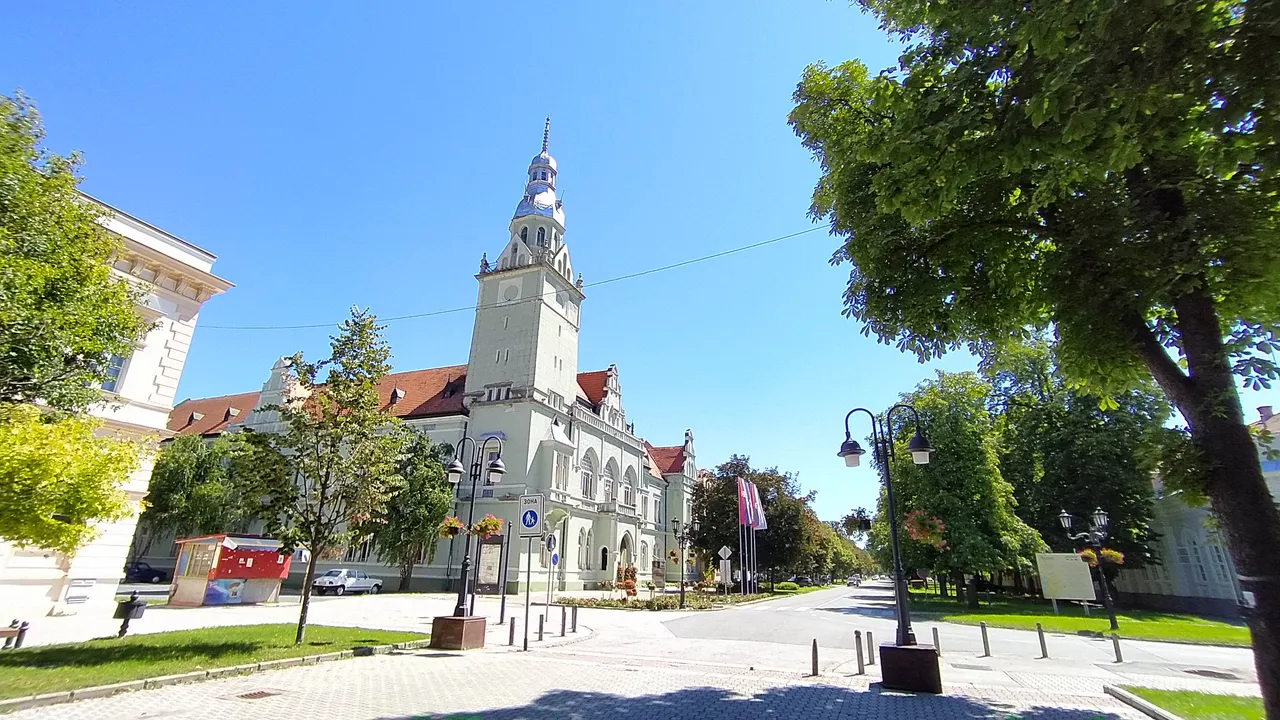
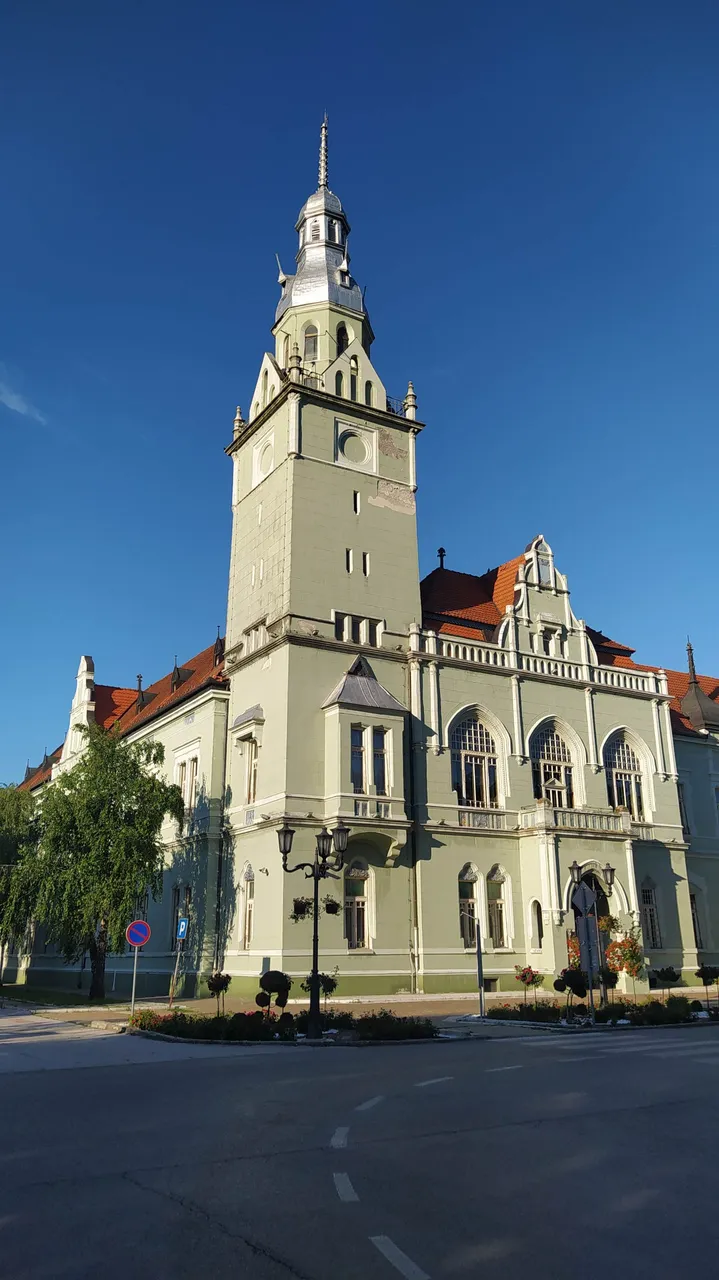
What most depicts the streets of this city are the wide pedestrian paths, lots of trees, most often chestnuts, and the typical German style of buildings. Wealthy peasants, who cared about their reputation, built their houses without saving on material. Thick walls in which you can still find shade during the summer, huge wooden gates, decorations on the facades, all this makes this town more beautiful. Although maintaining this house nowadays is no longer easy, and sometimes it happens that water enters the house during huge rains, I like to spend my summers in one of these.
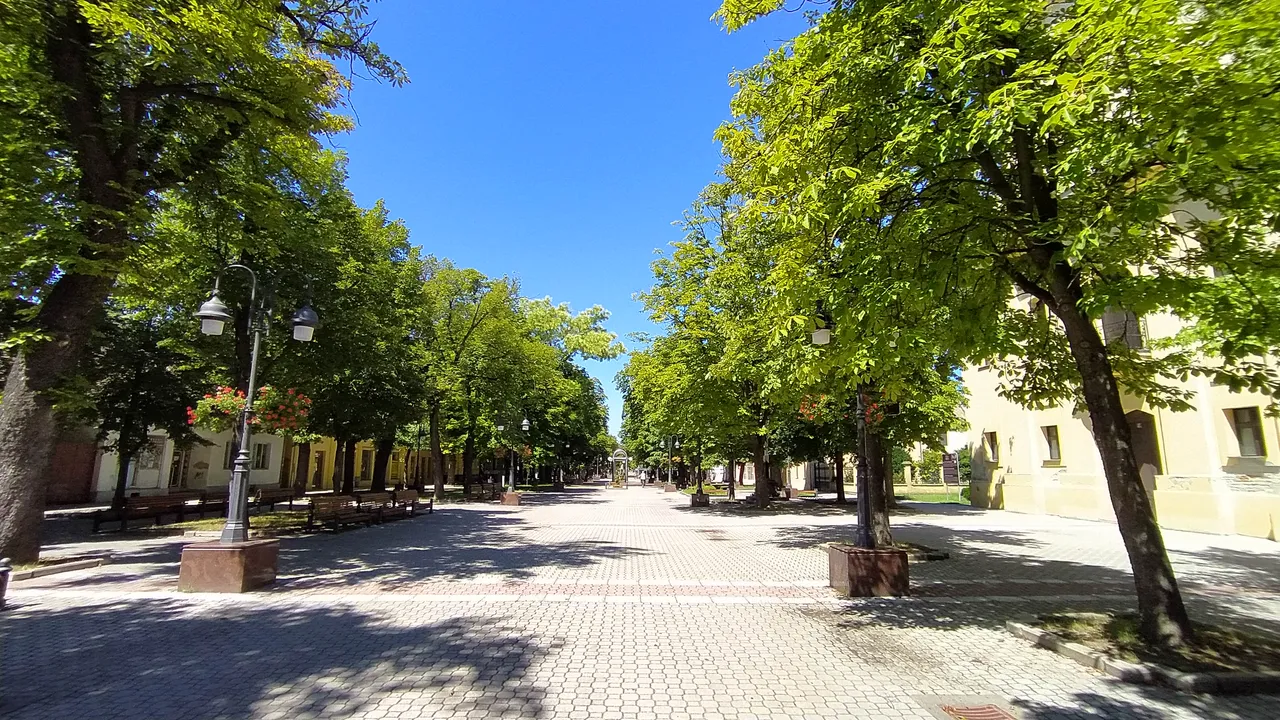
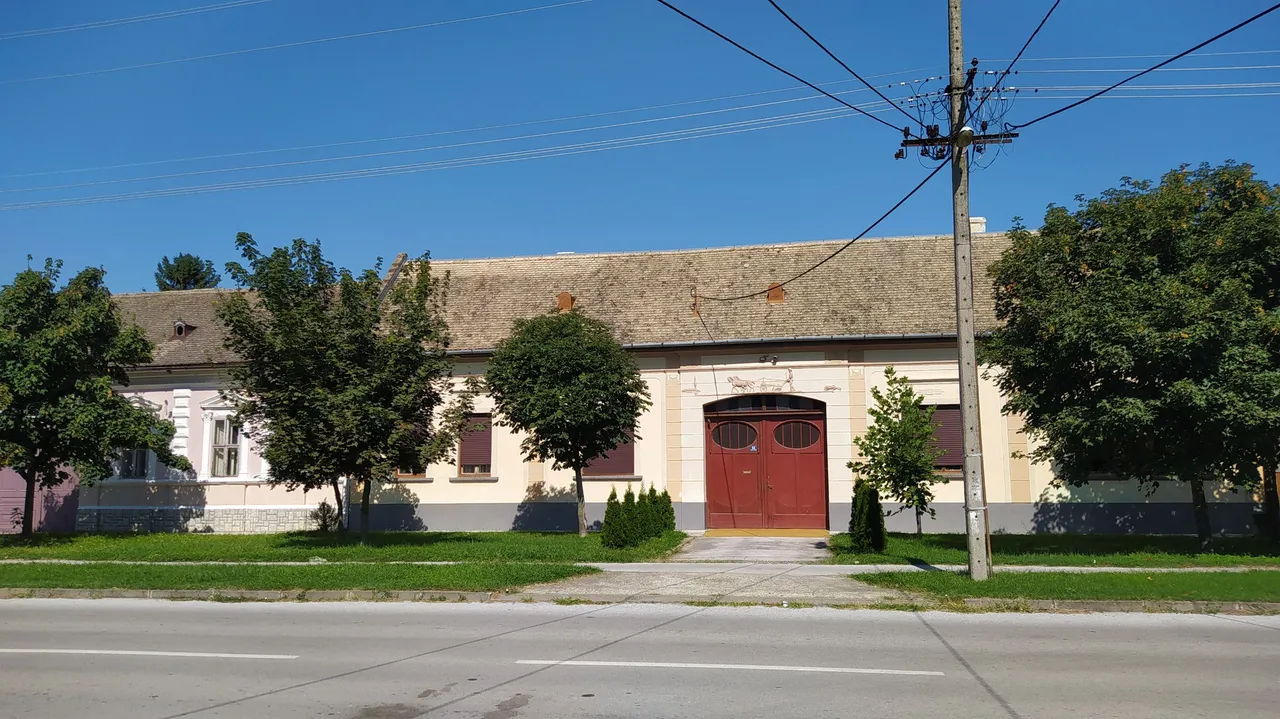
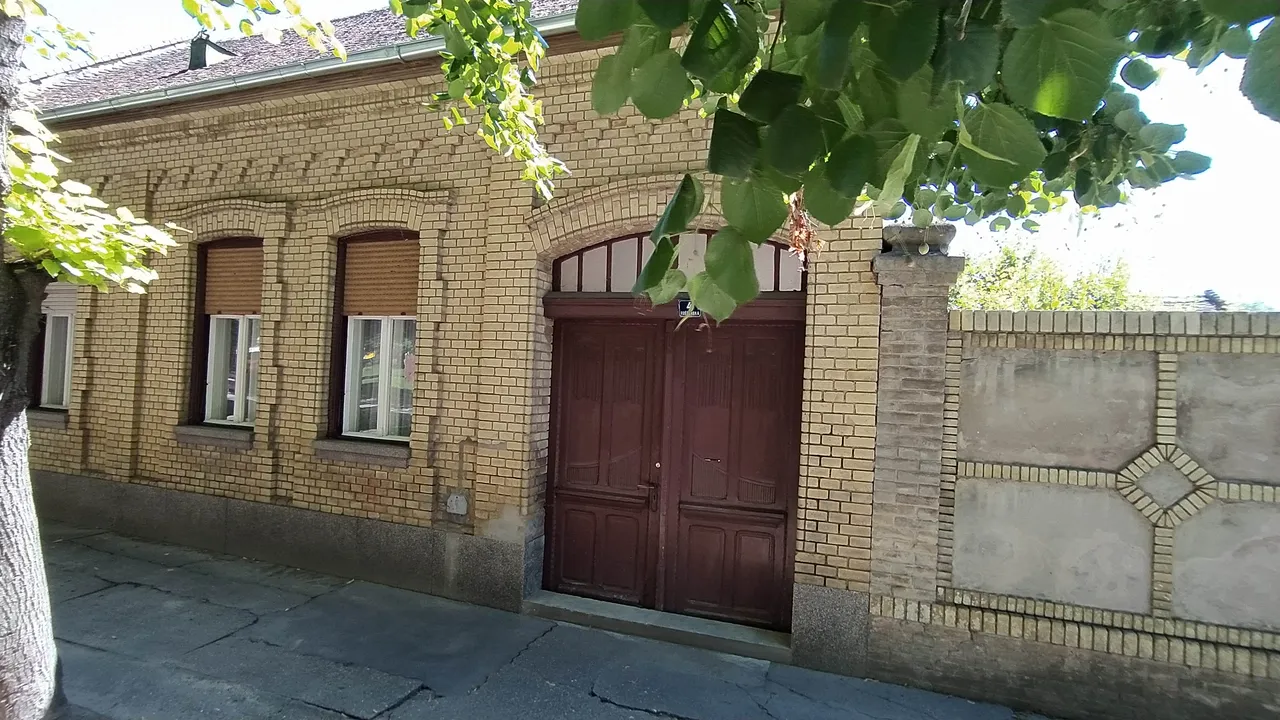
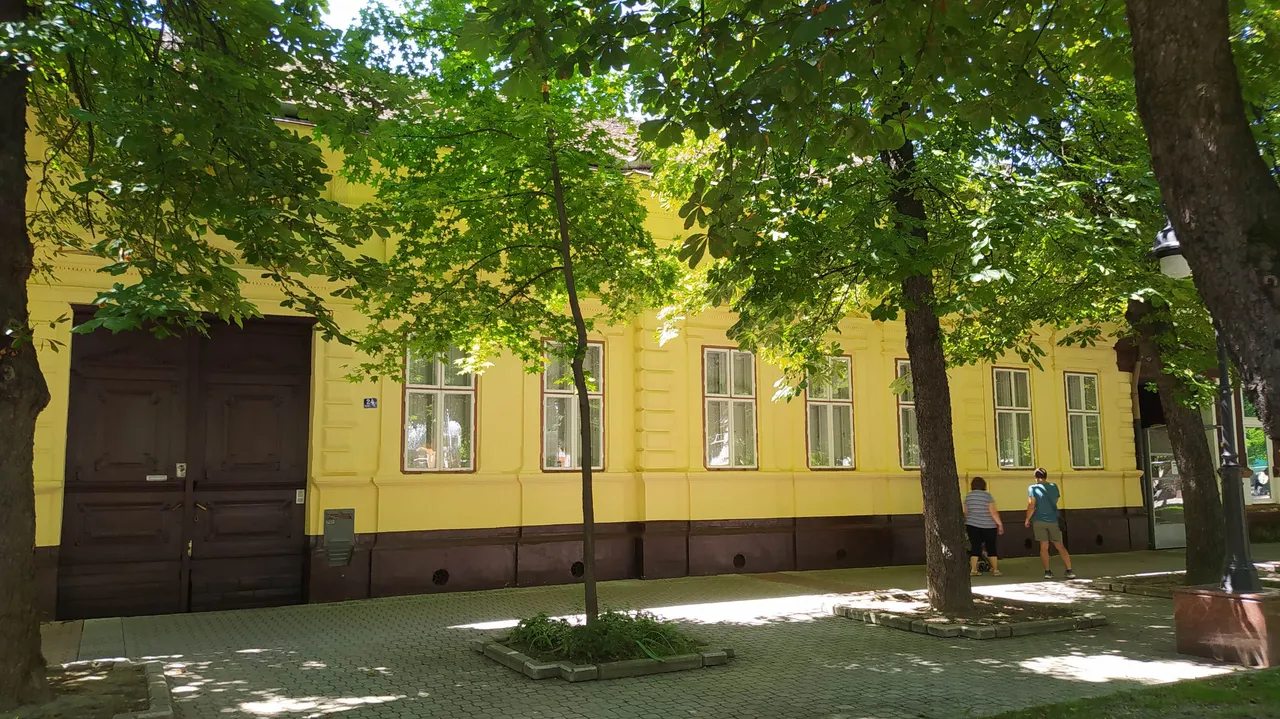

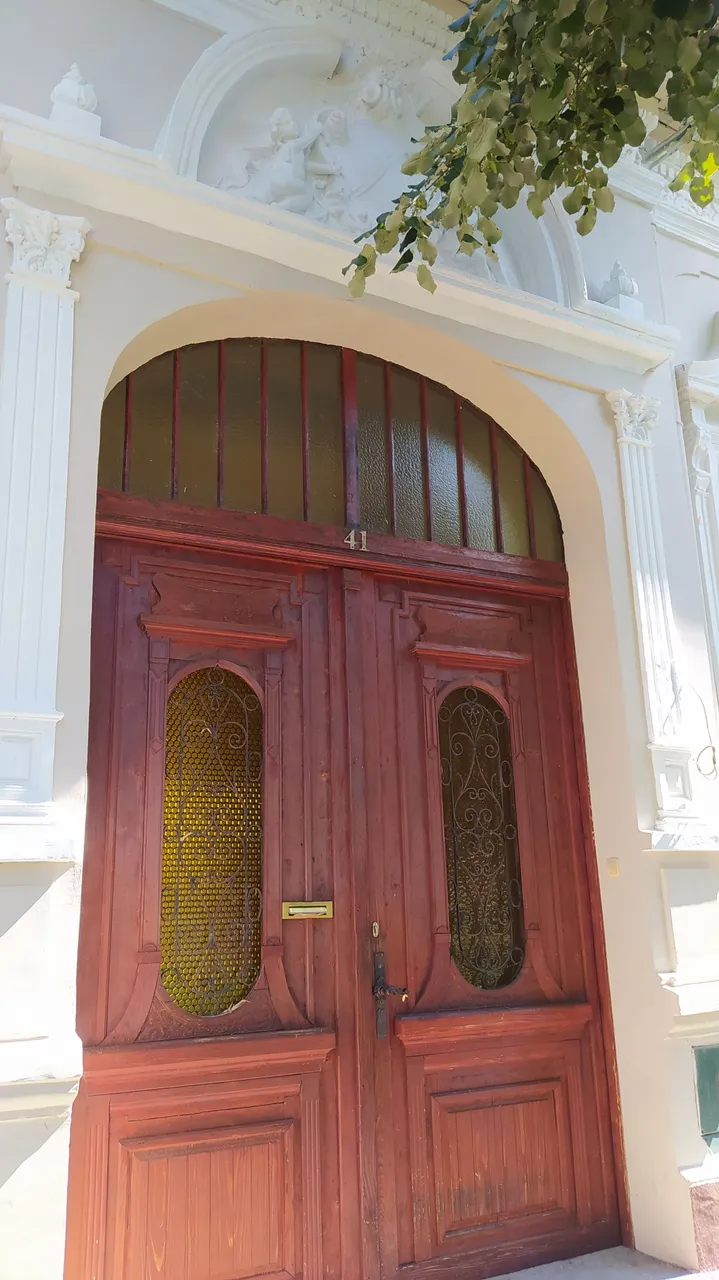
We move away from the city centre and nearby streets and come to another part of the city where two towers rise into the sky. It is the Church of the Heart of Jesus, which was built in the pseudo-Romanesque style, in the period 1931-1933. year.
The plans for it were made by the Viennese architect Bruno Buchwizer. The towers are 38 m high and in 2001, lightning struck the very top of the right bell tower and caused a fire. It damaged the internal wooden structure, so the pyramid-shaped roof fell. It remained without that roof for many years, until recently works have been done and the roof is fixed. Although, we see that the colour is not exactly the same...
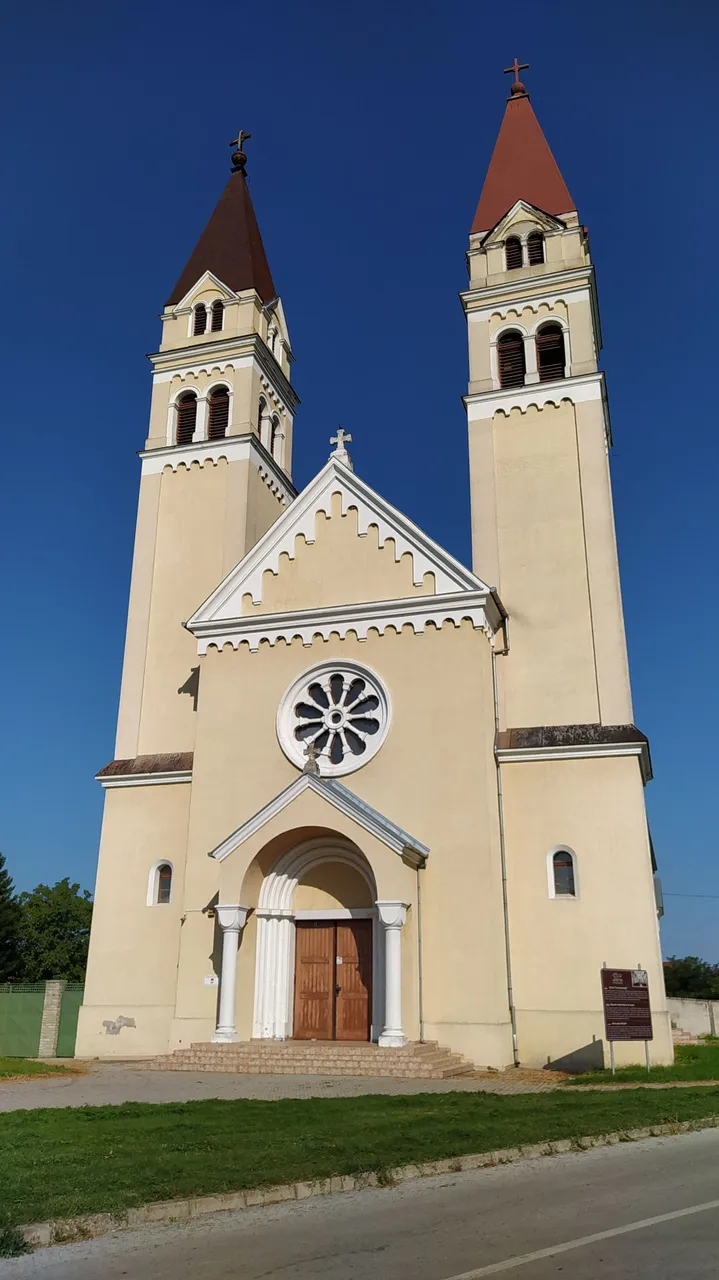
There is a small cemetery nearby, with two chapels. This is the chapel of the Fernbach family, which was one of the most affluent Apatin families. From 1875, when it was built, 26 descendants of this same family were buried in the crypt.
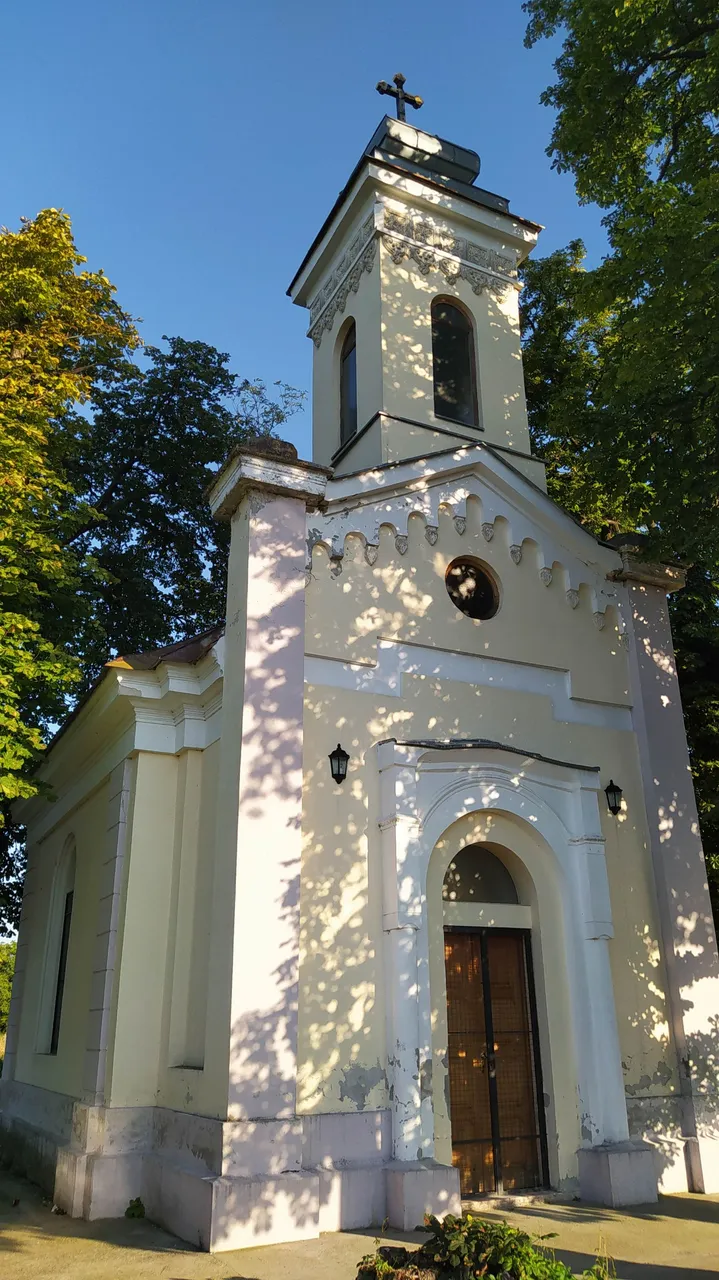
I don't know whose family chapel is this second one, but it is in the same cemetery. Since there are some grilles on the front door as an ornament, you can see what it looks like from the inside. And the picture will show the interior, although I did not manage to take a nice picture of the part where the crypts were. You won't believe me, but I heard a cough while peering inside. You can imagine how scared I was, even though there’s no way anyone coughed from the crypt, though who knows, but I haven’t seen anyone around. Well, that's how I quickly left that place and that cemetery and returned to the city centre.
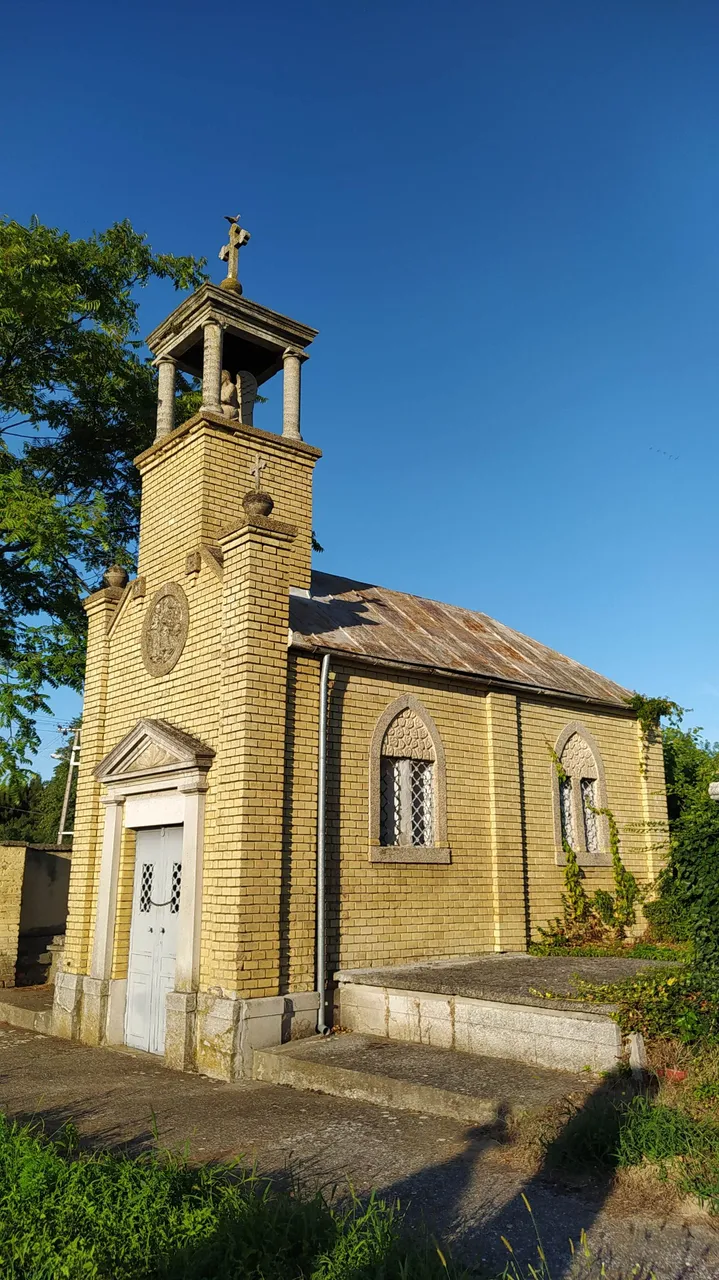
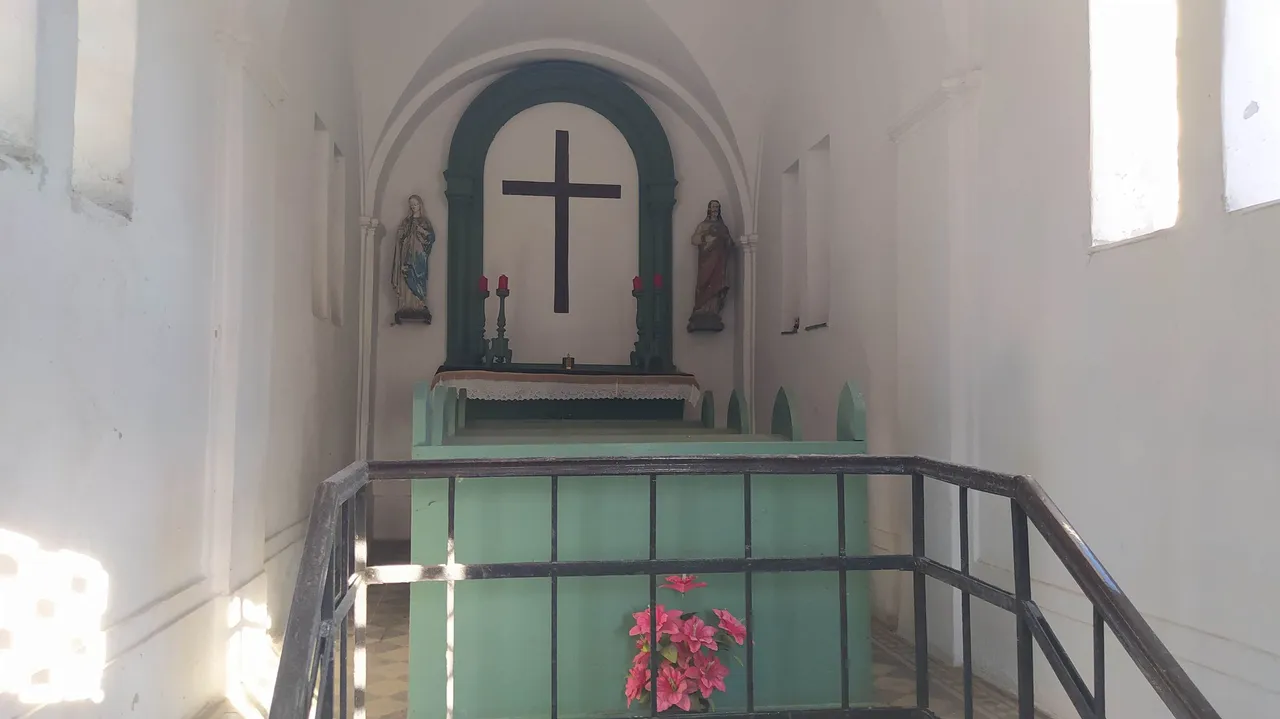
In my last travel post, I asked a question, it was a guessing game, and we had fun with it. One user did it right from the first, and he got a small tip from me. If you are up to do a similar guessing game, feel free to answer the following question. The first one with a good answer will be supported somehow! So, here it comes:
Which animal represents the brand of this Apatin beer?
In one of the photos, there is a bush with the shape of that animal. At least, that was the intention to represent it, but I don't see it had a lot of success :D
